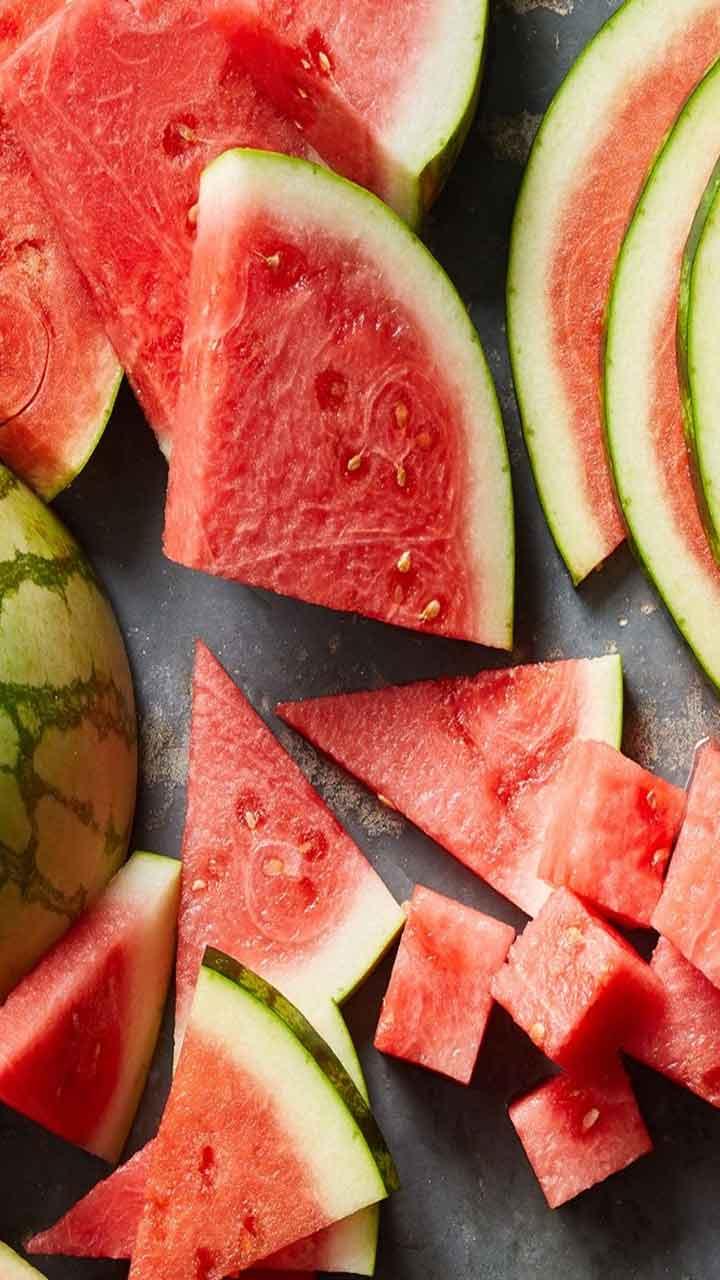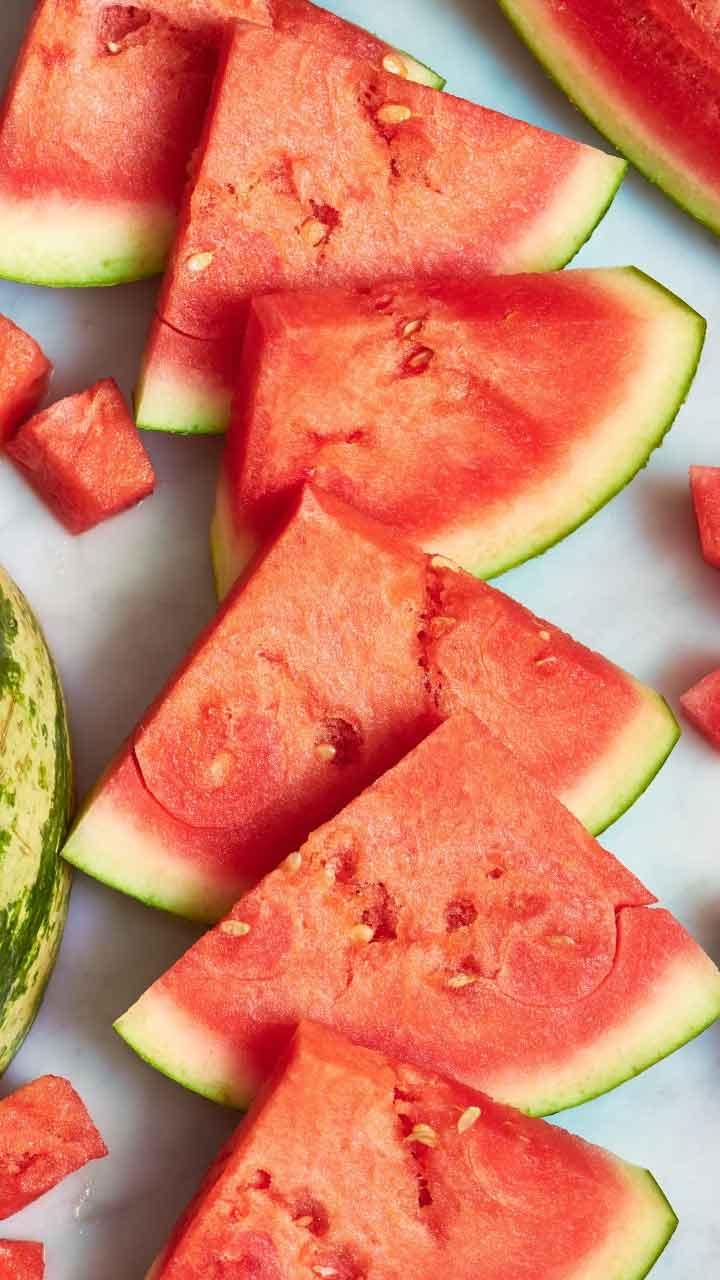

Is Your Watermelon Safe? How to Identify Injected Colors?

Eating watermelon injected with artificial colour can have several potential side effects, depending on the type and amount of dye used.
Source: Google

Here are some possible health concerns
Source: Google

Uniformity of Colour
Source: Google
Naturally ripened watermelons have a consistent colour. If the red or pink colour inside appears too bright, vivid, or uneven, it might be a sign of artificial colouring.
Source: Google
Colour Bleeding
Source: Google
Cut a small piece of watermelon and place it on a white plate or a piece of white paper. If the juice leaves a coloured stain, it could indicate the presence of artificial colouring.
Source: Google
Water Test
Source: Google
Take a small chunk of the watermelon flesh and place it in a clear glass of water. If the water changes colour, this could be a sign that the watermelon has been injected with dye.
Source: Google
Texture and Taste
Source: Google
Watermelons injected with colour might have a slightly different texture, often softer or mushier than normal. Also, artificially coloured watermelons might have an off or chemical taste.
Source: Google